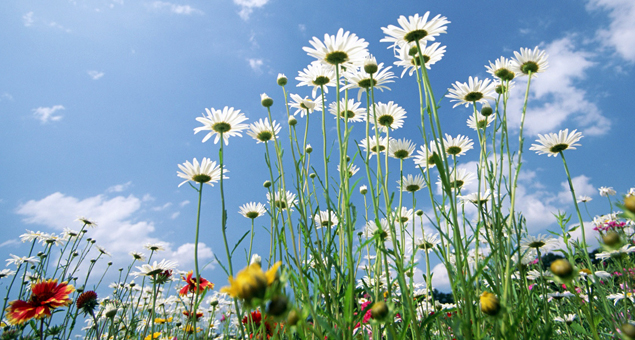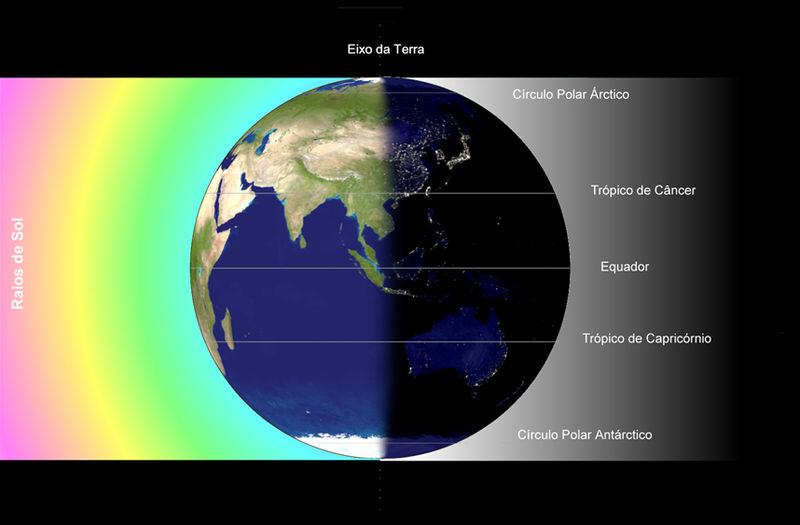 If the morning of this Friday, March 20, started with a partial eclipse of the sun, at night spring arrives.
If the morning of this Friday, March 20, started with a partial eclipse of the sun, at night spring arrives.
At 22:45 pm today, the Earth reaches the point in its orbit at which the Northern Hemisphere becomes more illuminated than the Southern, giving rise here to days longer than nights.
The moment when both hemispheres are equally illuminated is known as the Spring Equinox. In the southern hemisphere, it is known as the Autumn Equinox.
What is an Equinox? It is the astronomical event that marks the beginning of spring (in the northern hemisphere), as the sun passes the celestial equator on that date, moving from south to north. In early autumn (22 or 23 September), it crosses the celestial equator again, this time from north to south.
 «On the date of the equinox, the sun rises precisely in the east and sets precisely in the west, something that does not happen the rest of the year. Also on the date of the equinox, we see that the length of the day (here “day” understood as the period of time with the Sun above the horizon) is equal to the night period. Therefore, in Latin, equinox [aequus (equal) and nox (night)] means equal to night (understood equal to day, of course)», explains astronomer Guilherme de Almeida, a regular contributor to the Ciência na Imprensa Regional network, from which is Sul Informação is part.
«On the date of the equinox, the sun rises precisely in the east and sets precisely in the west, something that does not happen the rest of the year. Also on the date of the equinox, we see that the length of the day (here “day” understood as the period of time with the Sun above the horizon) is equal to the night period. Therefore, in Latin, equinox [aequus (equal) and nox (night)] means equal to night (understood equal to day, of course)», explains astronomer Guilherme de Almeida, a regular contributor to the Ciência na Imprensa Regional network, from which is Sul Informação is part.
Spring lasts 92,79 days until the next Summer Solstice, which takes place on June 21, at 17:38. Until that date, the days will continue to grow, with more and more hours of sunshine.
On March 29, the legal time in mainland Portugal will be brought forward 60 minutes to 1 hour of legal time (1 hour UTC) and we will then be in the so-called summer time. And, on that day, because of this change, we'll sleep less than an hour…what counts is that it's Sunday.
















Comments